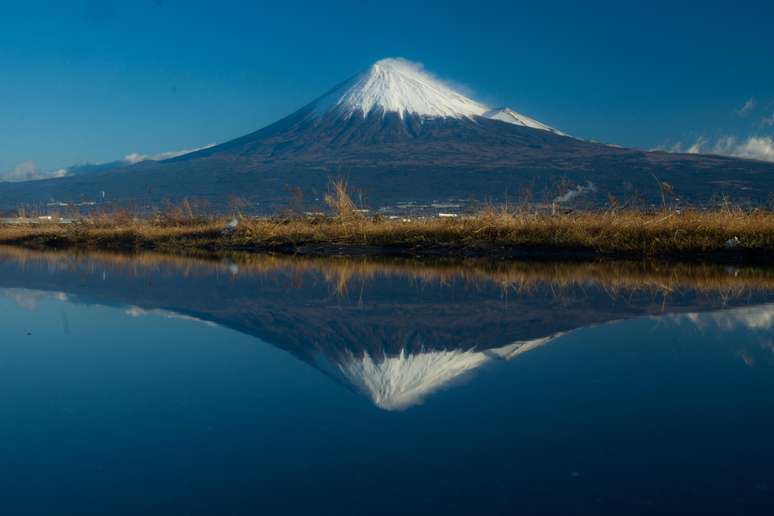Trails aren’t the only way to appreciate the postcard. Around the volcano there are temples, lakes, ice caves, an amusement park and even a safari.
For the Japanese, mountains symbolize the home of the gods and the place where man meets the divine. Mount Fuji, not surprisingly, is one of the main postcards of Japan.
The active volcano, formed about 100,000 years ago, is located between Shizuoka and Yamanashi prefectures, almost two hours’ drive from Tokyo. Considered a UNESCO World Heritage Site, Mount Fuji is 3,500 meters high and its peak can be seen from the Japanese capital on the clearest days. To get there, however, you need to follow some paths. This is a traditional way to explore the highest mountain in the Japanese archipelago, but not the only one.
Mount Fuji can also be seen from other angles during non-climbing activities, some of which are quite unusual. Here are six ways to experience Mount Fuji recommended by the Japan National Tourism Organization (JNTO) to inspire future travel to Japan:
1. Along the paths that lead to the summit
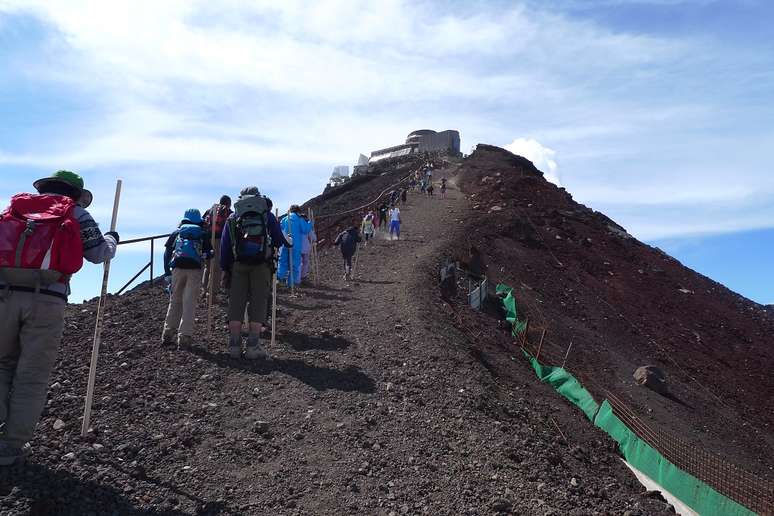
Summer is the ideal time to climb Mount Fuji, which is therefore open to hikers from 1 July to 31 August. The trails welcome 300,000 climbers each year, and while you don’t need to be a climber to climb to the top, it’s important to be in good physical condition. To reach the summit in time to see the sunrise, the advice is to make the journey in two days, staying overnight in a refuge halfway and finishing the walk in the early hours of the next morning. It is worth remembering that even in the height of summer the temperature up there varies between 5 and 8 degrees.
The journey begins at Shin-Fuji Station in Shizuoka, from where shuttles depart for the four trails open to the public. Each has its own peculiarities, but they all pay an entrance fee of one thousand yen and are divided into 10 stations. Routes may be closed due to bad weather. Above, a post office allows you to send postcards with authenticated Mount Fuji stamps. See trail details below:
Yoshida (6h ascent + 3h descent) – It is the most popular because it has the best access for those coming from Tokyo and the largest number of cabins to stay overnight. The downside is that it can be extremely crowded during high season, weekends and public holidays.
Fujinomiya (5h ascent + 2h30 descent) – Don’t let the length of the trail fool you: despite being shorter than Yoshida, Fujinomiya is steeper and more physically demanding.
Subashiri (from 5h to 7h ascent + 2h30 to 4h descent) – The trail begins two thousand meters above sea level and meets Yoshida at the eighth station. It’s a great option for watching the sunrise, as the entire route faces east. The disadvantage is that, being less frequented, it offers fewer accommodation options.
Gotemba (from 7h to 10h ascent + from 3h to 5h descent) – The gentle slope ends up scaring most climbers. Result: this is the route with the lowest flow of people and number of cabins for overnight stays.
two. In the sacred places at the foot of the mountain
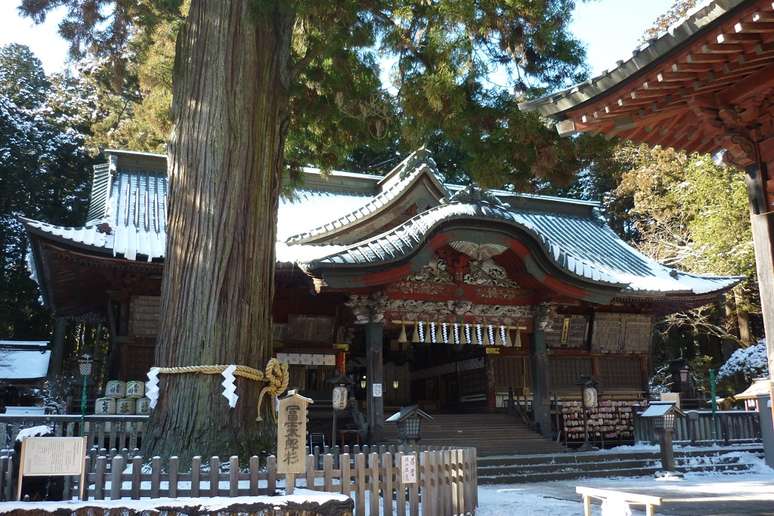
At the base of Mount Fuji are a series of Buddhist shrines and temples, surrounded by ancient cedars, where ceremonies are held to celebrate the start of the climbing season. One such sacred site is Kitaguchi Hongu Fuji Sengen-jinja, in the city of Yamanashi, an hour and a half drive from Tokyo. The place has historical and religious value because it was there that, during the Edo era, followers of the Fujiko faith began to climb the mountain. The starting point was the Fujisan Otorii portico, which is located behind the sanctuary.
3. Exploring its caves
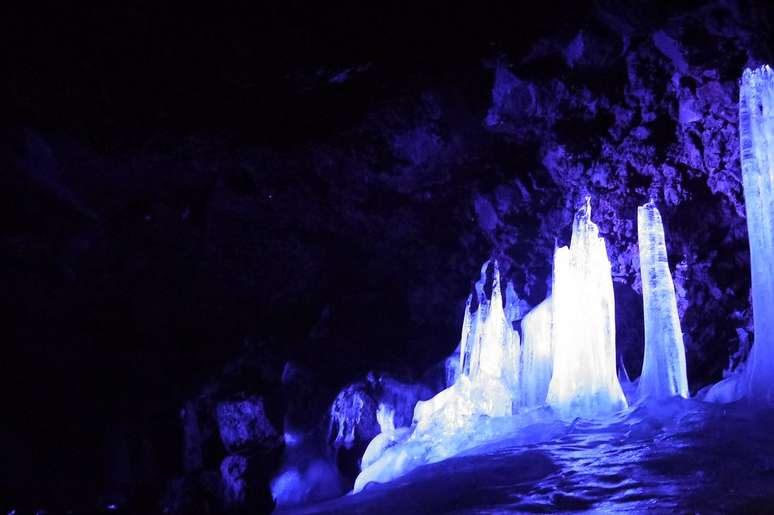
As a result of the superposition of several volcanic eruptions, several caves were formed in the surroundings of Mount Fuji. Some of them can be visited, such as the Narusawa Ice Cavein the heart of Aokigahara Forest, in Yamanashi. The cave, 21 meters deep, has temperatures around 0°C even in summer, but the most interesting time to visit it is winter, when stalactites and stalagmites of ice, about 30 meters long, are guaranteed. Another place worth exploring is the Wind Cavewhose 200 meter deep walls absorb sound, without emitting echoes.
4. Ride a roller coaster
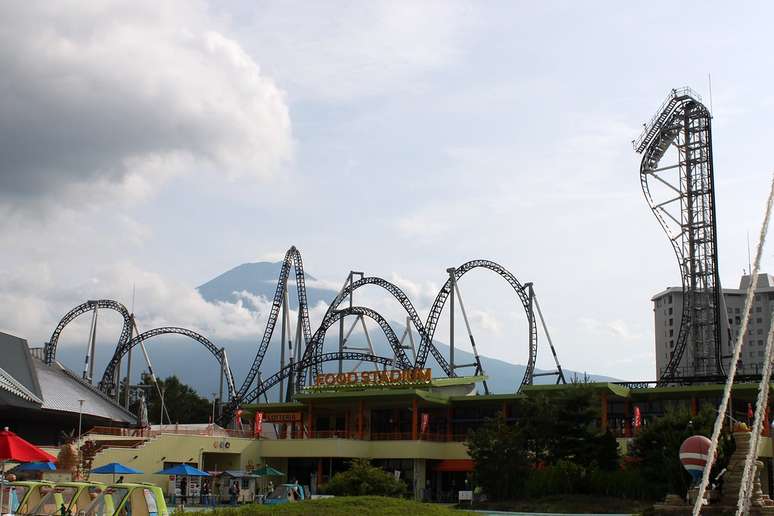
Takabisha, one of the steepest roller coasters in the world, offers a unique view of Mount Fuji. The attraction is part of the Fuji-Q Highland theme park, where there are also water games, a carousel, spinning cups and a Ferris wheel, among other less extreme attractions. The complex is in the city of Fujiyoshidajust over an hour’s drive from Tokyo, and is also home to the Highland Resort & Spa hotel.
5. In the company of animals on a safari
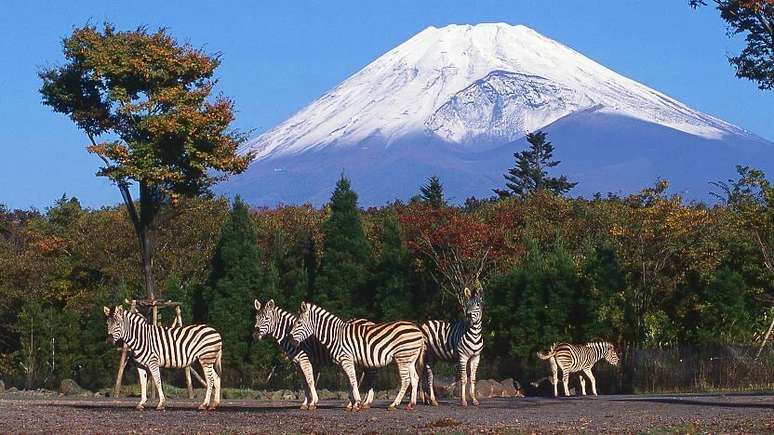
In the city of Susono, an hour and a half drive from Tokyo, you can admire Mount Fuji during a walk among wild animals. Fuji Safari Park is a sanctuary for free-ranging African species, such as zebras, lions, giraffes and elephants. The “safari” can be done on foot, by coach, with your own car or rented on site.
6. From the Fuji Five Lakes region
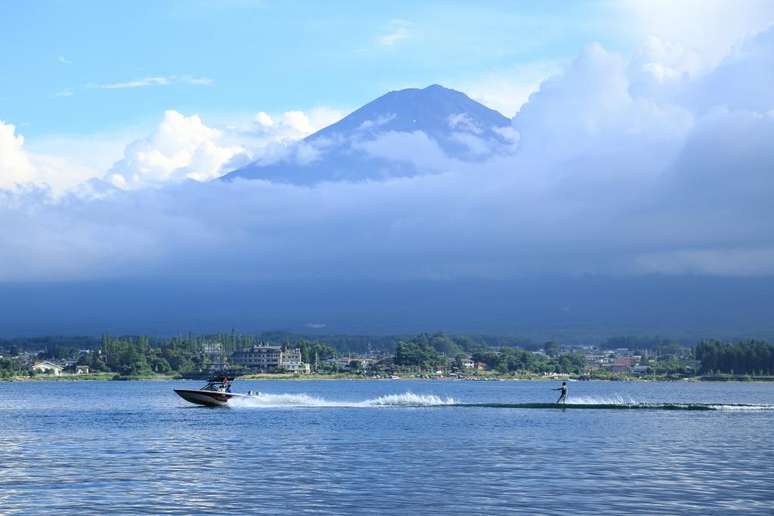
The Five Lakes of Fuji – Yamanakako, Kawaguchiko , Saiko, Shojiko AND Motosu – are at the foot of the north face of the mountain, in the province of Yamanashi. The plan is to do boating, fishing, windsurfing or water skiing, and hiking, all with Japan’s main postcard as a backdrop. For obvious reasons, attendance occurs especially in the summer, when hotels and inns are full. Starting from Tokyo, the journey takes an hour and a half by car and just under two hours by train.
Source: Terra
Ben Stock is a lifestyle journalist and author at Gossipify. He writes about topics such as health, wellness, travel, food and home decor. He provides practical advice and inspiration to improve well-being, keeps readers up to date with latest lifestyle news and trends, known for his engaging writing style, in-depth analysis and unique perspectives.

